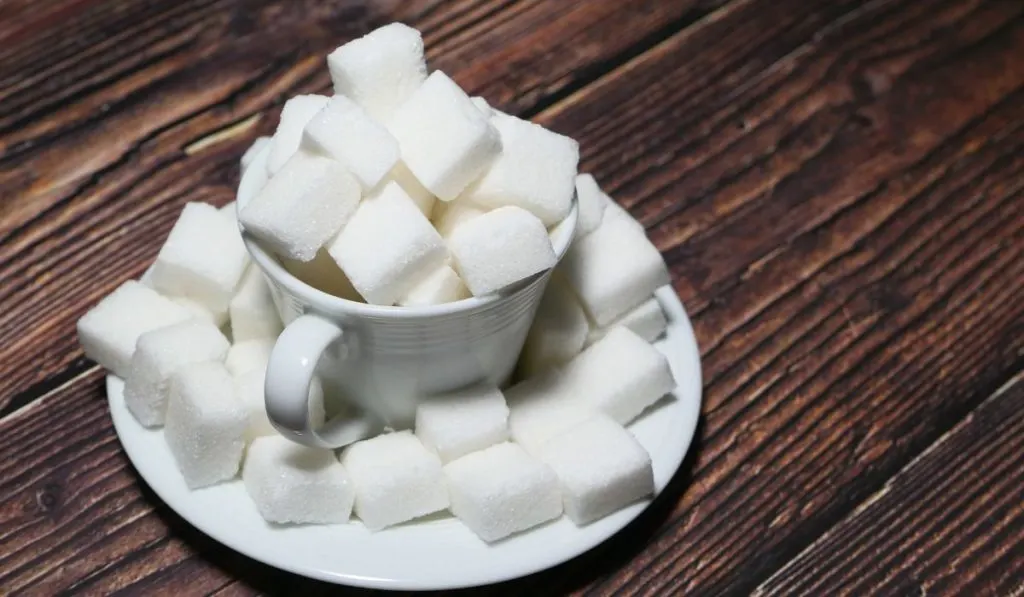
I know first hand how difficult it can be to deal with sugar cravings on the carnivore diet (self-confessed sugar addict here!). It can be really challenging, especially when transitioning from a diet that previously included carbohydrates and sugar.
Having gone through this phase myself, I’ve put together my top tips to help beat sugar cravings when on the carnivore diet. But first, it’s important to understand what’s going on when it comes to sugar cravings…
Understanding Sugar Cravings on the Carnivore Diet
Because the carnivore diet emphasizes eating animal-based foods and eliminating plant-based foods, it means you are cutting out almost all carbohydrates (i.e. sugars). This usually means your body is going to have to adjust to a different fuel source to survive, which can cause some pretty intense sugar cravings.
But that’s not all. In addition to the physical cravings your body is going through, you will also be going through the psychological side of things, especially if you are someone who tends to comfort eat (like me!).
Sugar cravings are a complicated beast and it’s important to look at more than just the physiological aspect of what is happening. There are also old habits, behavioural patterns, and emotional reasons why we may go for that sugary treat.
In this article, I’ll be discussing both:
- the physical/physiological side of sugar cravings AND
- the psychological/behavioural side of sugar cravings
because I think that both are equally important for sustained long term maintenance of the carnivore diet.
Let’s begin with the easier one to tackle; what physically happens to your body when you give up carbohydrates and why it makes you crave sugar…
What Happens to the Body When You Stop Eating Carbohydrates?
The most common reason for sugar cravings when you first begin the carnivore diet stems from the body’s previous reliance on carbohydrates and sugar as its primary source of energy.
As you switch to a high-fat, animal-based diet, your body needs time to adjust to using fat and proteins as its main fuel source instead of carbohydrates. During this transition period, sugar cravings may arise as a temporary attempt by the body to regain its familiar energy source.
This transition phase is more widely known as the ‘adaptation phase‘, where your body will be going through many adjustments, one of which, is adjusting to the amount of carbohydrates/sugar it is receiving.
NOTE: One of the things your body may be going through is ‘transitioning into ketosis‘. To learn about ketosis in the context of the carnivore diet, check out my article here.
Let’s get into a little more detail about the adaptation phase. It’s an extremely important thing to know about before going straight into carnivore…
The Adaptation Phase of the Carnivore Diet
As I mentioned, the adaptation phase of the carnivore is the transition period of your body switching to unfamiliar fuel sources. But there are other things going on too:
- the body is withdrawing from carbohydrates, including:
- plants
- sugars
- chemicals from processed foods
As this withdrawal process is happening, the body is also trying to:
- switch to using fat as a fuel source
- adjust to the amount of fat coming into the body
- adjust hormone levels to allow for the new way of eating (dopamine, ghrelin, leptin, insulin)
- adjust gut microbiome to allow for the new way of eating
All of these things mean that you are essentially fighting against:
- your gut microbiome causing cravings in order to keep the carbohydrate-eating bacteria alive
- your brain chemicals and hormones trying to stay in familiar carbohydrate grounds
- your habits and old behavioural patterns of snacking on sugary stuff
- the social aspect of choosing different foods to eat
The adaptation phase can come with all sorts of symptoms, such as:
- skin rashes
- fatigue
- intense sugar cravings
- brain fog
- headaches
- insomnia
- digestive issues
With all this going on, it’s no wonder that sugar cravings are difficult to handle! However, all is not lost. Here are my top tips to get through this initial phase of sugar cravings and adaptation (we’ll get to the behavioural side of things later in this article!)…
How to Handle Sugar Cravings During the Adaptation Phase of the Carnivore Diet
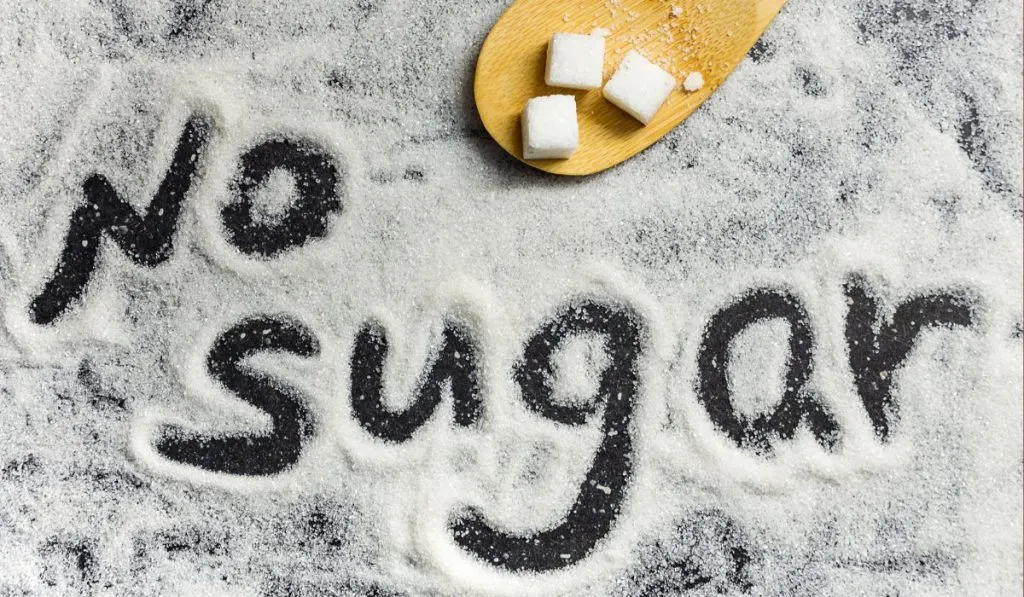
Here are my top tips for overcoming the initial phase of sugar cravings and adaptation…
Tip #1: Mentally Prepare Yourself
It’s important to mentally prepare yourself ahead of time by making a commitment to yourself to push through during those first 2 weeks or so when your body will be craving sugar.
Allow yourself some grace. It is ok to feel uncomfortable and compelled to want a sugary snack at the beginning, and that everybody goes through this phase when they first start.
Tip #2: Be Strict to Begin with
It’s really important that for those first 2 weeks or so, you are committed to being completely strict about not letting a single sweet tasting food enter your mouth. This includes artificial sweeteners!
While your body is going through the adaptation phase, your brain will signal you to eat carbohydrate rich foods, and if you give in, it re-enforces the signal and it will only be stronger next time around.
The more you give in, the harder it becomes to keep away from the food next time. And it becomes a vicious cycle, or a slippery slope.
But the opposite is also true. The more you make a different choice, the more you re-enforce that every time you crave, the only thing your body is going to get is nutrition, and NOT carbs. Eventually the brain will adjust to the new way of eating.
Tip #3: Have Snacks Prepared Beforehand
When I went through the adaptation phase, I always used to keep a bunch of boiled eggs in the fridge. That way, whenever I had a sugar craving, I had something available. And it was something that simply wouldn’t taste good unless you were actually hungry.
Taking a bite into the egg when you are not hungry helps to break that pattern in your brain by sending a signal that you won’t be getting sugar, you will be getting nutrition. Eventually your brain will start to give you actual hunger signals rather than sugar craving signals.
Other snacks you can pre-prepare:
- Fatty meat pieces – Satisfying meat dishes with a higher fat content, such as bacon, ribeye steak, burger patties or meatballs can help provide satiety and keep cravings at bay. Keep a bunch in the fridge and grab a bite or two whenever you feel the need.
- Bone broth – Homemade bone broth can help to satisfy cravings as well, as it provides essential nutrients and a savory taste as a substitute for other foods.
- Boiled Eggs – This was my favorite. I found that eating eggs, especially with added healthy fats such as butter, provided a satisfying and filling alternative to sugar.
- Butter cubes – A mouthful of butter will give the body a great alternative fuel source when it is after sugar.
TOP TIP: Avoid using cheese, yoghurt or heavy cream as your go-to craving buster, as these can have the same addictive effect as sugar for some people.
Tip #4: Don’t be Afraid to Eat
This is a big one. When we are coming to the carnivore diet for weight loss especially, it is easy to say to yourself, “I’m not going to give in to my cravings. I am going to wait until my meal time as I don’t want to eat too much.”
But it is actually better to have a carnivore friendly snack rather than ‘wait’. This is because you are trying to give your body all the essential nutrients it needs, and break the pattern of getting sugar whenever the body asks for it.
Waiting, and relying on will power is the harder way to do things, as you likely won’t be able to concentrate on anything else until you have satisfied that craving. And the fastest way to get rid of that craving is to go and eat something.
If you are truly not hungry, the food won’t taste good to you (as long as it is a carnivore friendly food). And this will help your brain re-learn that it needs to rely on fat and nutrition, not carbohydrates and empty calories.
TOP TIP: At the beginning, it can be confusing knowing whether you are truly hungry, or just having carb cravings. It is best to eat some fat and protein rather than not eat, as this will slowly help you re-learn true hunger signals.
Tip #5: Stay Well Hydrated
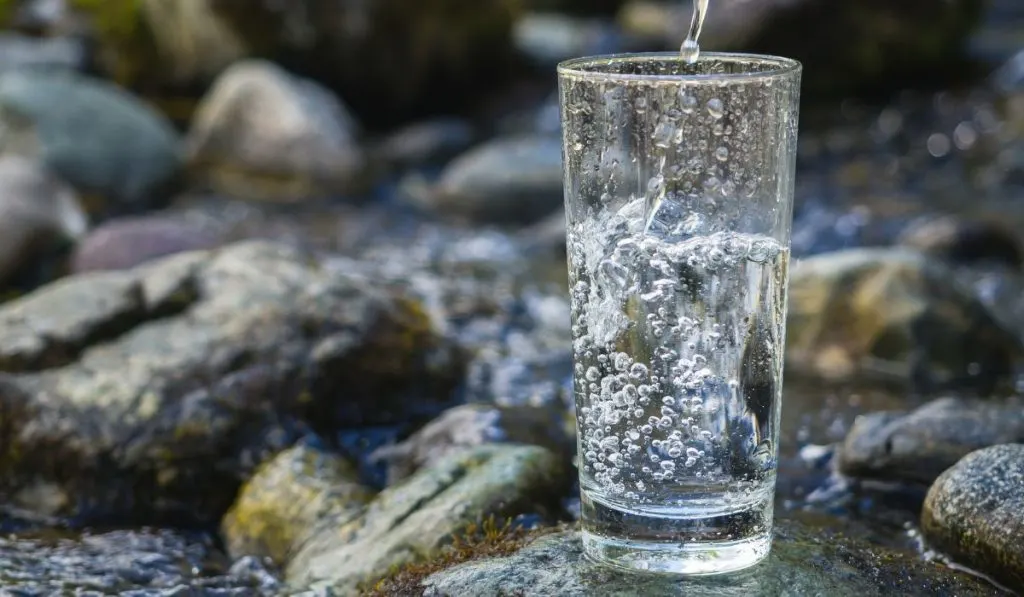
Many of us confuse thirst for hunger. Staying hydrated will not only help keep your energy levels up, but also help you separate the cravings from thirst.
TOP TIP: Keep your water intake high between meals, but low during meal times. This way, you can make sure you are getting enough food in during your meal times, which can help curb cravings in-between meals.
Tip #6: Increase your Fat Intake
I’ve alluded to this in the previous tips, but increasing your fat intake is extremely important. Especially because this is the fuel source we are trying to switch to. Fat nourishes and satisfies the body more than protein does, and it will be your best friend for curbing those cravings during the first few weeks.
TOP TIP: If your body is not used to consuming much fat, you may need to increase your fat intake more slowly. A sign you need to take it slowly, is if you feel nausea after eating something fatty.
Tip #7: Consider Taking Electrolytes (or Salt your Food Generously)
One of the most effective ways to reduce adaptation symptoms is to take electrolytes. Especially when you first stop carbohydrates, your body becomes much more in need of electrolytes and there tends to be an imbalance at the beginning until your body adapts. (I like these electrolytes from Amazon because they don’t have any unneccessary ingredients in them!)
Some people get symptoms such as:
- leg cramps
- headaches
- dehydration
- insomnia
These are all signs that the body may benefit from electrolytes, at least during the adaptation phase. Although it doesn’t directly help with sugar cravings, this tip helps relieves other symptoms, which make it easier to handle the sugar cravings as your other symptoms are not so bad.
TOP TIP: An alternative to electrolytes is to salt your food heavily. Real, high-quality salt, such as this sea salt or Himalayan salt is high in electrolytes and will help your body to adjust to the carnivore diet.
Tip #8: Place Some Salt Under Your Tongue
This tip is excellent for when strong cravings hit. Place a pinch of salt under your tongue, and it’ll relieve your sugar cravings!
The theory behind this, is that you may be craving because you are in need of nutrients, particularly electrolytes. And placing some salt under your tongue gives you quick access to these nutrients and helps to relieve sugar cravings.
NOTE: The type of salt you choose is important on the carnivore diet. Check out my article here to learn why salt is important on the carnivore diet, or this article on “Choosing the Best Salt for the Carnivore Diet“.
Tip #9: Delay Strenuous or Stressful Activities
Your body will be going through a lot internally, and it is important to try and reduce any stressful events or strenuous activities during the adaptation phase. You should expect to be more tired than usual during this time, so it’s a great idea to plan to take it easy for at least a week when you first begin.
Tip #10: Get Enough Sleep
When we are tired, it’s much harder for us to say no to sweet treats, as your body is looking for quick energy, so getting enough sleep is a must help curb sugar cravings.
Tip #11: Find Alternative Activities
Have a list of alternatives that you are going to do if you know you are craving sugar, but don’t want give in. For example, decide beforehand, “Next time I want to eat something sweet, I am going to choose one of the following instead”:
- go for a walk
- eat something fatty
- do some squats/push-ups
- call a friend
- practice a craft, such as knitting, sketching, painting, etc.
- do some housework
- read a book
- do a crossword puzzle
Have the list up next to the fridge and choose one when you want to eat something sweet. Over time, this will help your brain associate getting a dopamine hit by doing those other healthier activities instead of eating sugary foods.
Tip #12: Find a Support Network
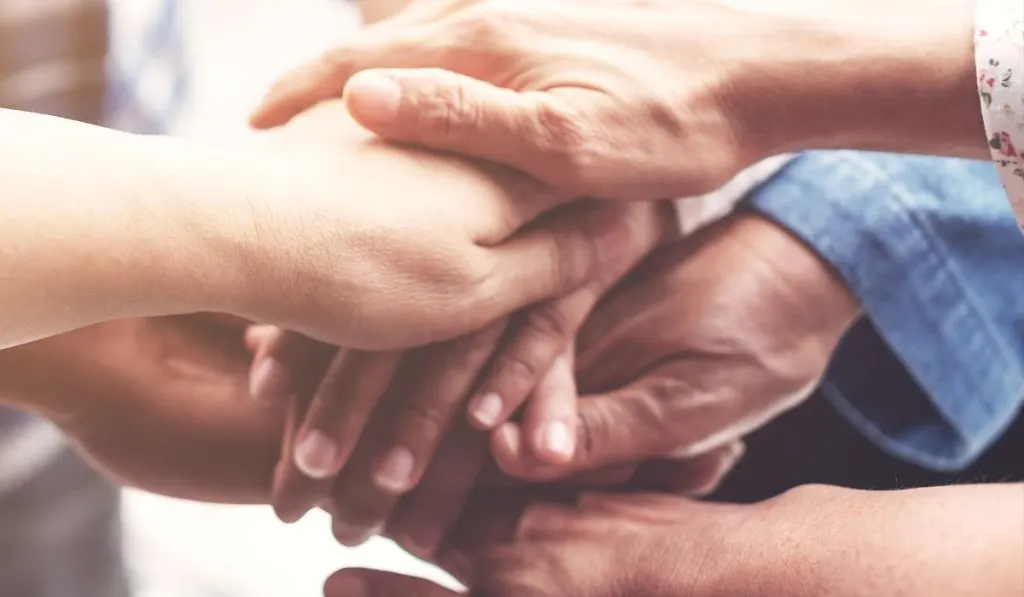
Doing something difficult as part of a community is much easier than doing it on your own. So, this tip is something that will help you get through those tough times.
Many of us may not have access to a support network in their lives, so finding a supportive like-minded online community can be a great way to stay on track and motivated.
Another option is to have a friend go on the diet at the same time as you, so you have someone to discuss issues or difficulties, and you can support each other to stay motivated and accountable.
Tip #13: Brush Your Teeth After Meals
If you’re like me, you might crave something sweet at the end of your meal. The way I combatted this when I started carnivore, was to brush my teeth straight after my meal. This would take away the need to have something sweet in my mouth after my meal!
Another way, if you don’t want to brush your teeth, is to simply use a mouthwash. The flavor of the mouthwash can help take away the feeling of wanting something sweet.
REMEMBER: The adaptation phase can last different times for different people. The average may be 2 weeks, but the range can be anything from a few days to up to 6 months.
The above tips will hopefully help you get through the initial phase, while your body is adjusting all of its hormone levels and brain signals, but once you are past the adaptation, some people may still get cravings for other reasons.
These are important to look into in order to ensure you are able to keep your cravings at bay long term…
How to Handle Sugar Cravings After the Adaptation Phase
This section is going to deal with other reasons why you might be eating at times when you don’t really need food. If you have gone through the adaptation phase without eating anything sweet, and you are now starting to feel better, congratulations! You are over the hardest part.
You can now begin to look at the next stage of why you may be eating when you’re not hungry, without any of the noise of your body sending you signals to eat carbohydrates.
You’ve now graduated to the stage where you can spend some time and attention learning about yourself and your relationship to food.
The tips I have given above will go a long way to helping you even after the adaptation phase, but here are some more tips and information to help you develop and maintain a healthy relationship with food...
Tip #14: Remember Your ‘Why’
It is super important to have a big enough reason to go against the grain, keep away from sugar and get your health back on track. For me, the reason was that I was bed ridden from chronic illness and wanted to get back on my feet and lead an optimal life, so that I could be there for my children instead of them being there for me.
What is your why? Write it down and place it somewhere you get to see every day. This will help you have a clear vision about who you are becoming as a result of eating this way.
Tip #15: Tune into Your Body & Embrace the Learning Journey
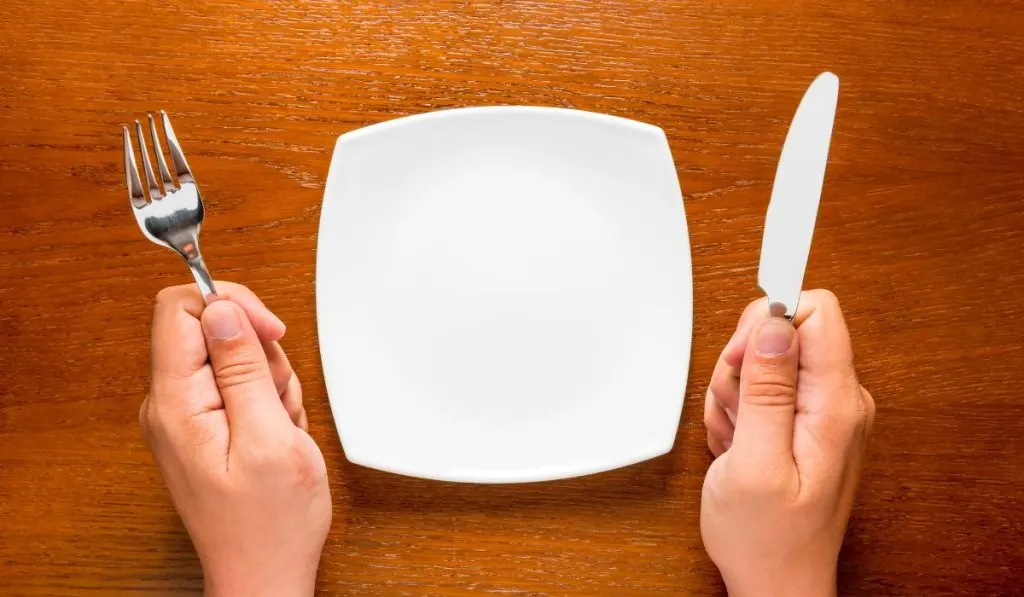
Take this new way of eating as a learning journey by tuning into your body. When on the carnivore diet, all the noise of fluctuating hormones and confusing hunger signals are gone. This means that when you start to crave something sugary, it is usually for another reason outside of physiology. Ask yourself in the moment:
“Why do I want to eat this sugary/sweet tasting food? What am I ultimately looking for/feeling?”
There could be several reasons. I’ll list out a few common ones to help you out:
- “Am I hungry?” – If this is true, have a carnivore friendly snack (even if you are not sure, try taking a bite of boiled egg or fatty meat. If it tastes good, you were probably genuinely hungry; take this as a great learning point for yourself. If you weren’t hungry, perhaps it may be the other reasons I’ve listed below…)
- “Am I tired?” – Try taking a short nap or a walk outdoors to feel fresh again.
- “Am I bored?” – Use your go to list from tip #11 to find an alternative activity.
- “Am I emotional?” – Your emotion could be anger, sadness, anxiety, guilt, resentment, loneliness, shame or even happiness or joy. In fact, any emotion can evoke a person to eat if they have used food as a coping mechanism, or an association to that emotion. Take this as an important learning opportunity and allow yourself to feel your emotion and accept it as being a part of you as much as you can. What can you do to help deal with this emotion in a healthy way instead of eating?
Tip #16: Be Kind to Yourself
Following on from the above tip, it’s extremely important to practice kindness to yourself as you would a dear friend when it comes to the learning journey. Do this by making an active choice to remove any:
- guilt
- shame
- blame
- judgement
- opinion
about wanting to eat when you are not hungry. It is NOT an opportunity to judge yourself. It is an opportunity to learn and make different choices. Staying consistent will help you form new habits one step at a time.
Eating when you are not hungry is simply an event where you have an opportunity to learn to make a different choice. Nothing more and nothing less.
Tip #17: Look Ahead
When trying to give up sugar, it is inevitable that at some point you may fall into giving into your cravings. Especially at particularly testing times, such as special occasions, parties, etc.
If you do happen to eat something off plan, simply ignore it and move on. Thinking about the fact that you veered off plan actually only encourages you to eat more non-carnivore foods!
It’s better to simply accept that it happened and continue as normal, as if it didn’t happen at all! This will ensure that you stay focused on what you are doing right, instead of what you are doing wrong.
Tip #18: Include Some Movement & Exercise
Health permitting, try and incorporate exercise into your routine as a way to manage cravings. Physical activity helps:
- release endorphins
- increase overall energy levels
- balance hormones
- regulate sugar levels
These can all contribute to reducing the desire for sugar. It’s important to find an exercise routine that you enjoy, whether it’s high-intensity workouts, weight lifting, or simply going for a walk.
REMEMBER: Any movement more than what you were doing previously is an achievement. And remember to start off slowly to prevent injury!
Tip #19: Be Patient
Practice patience! The carnivore diet is not a quick fix, and you may not get results straight away. You have also spent your entire life having a completely different relationship with food.
Allow yourself the time to learn these new skills one step at a time, and don’t under-value how far you have come!
Long-term Effects of Carnivore Diet on Sugar Cravings
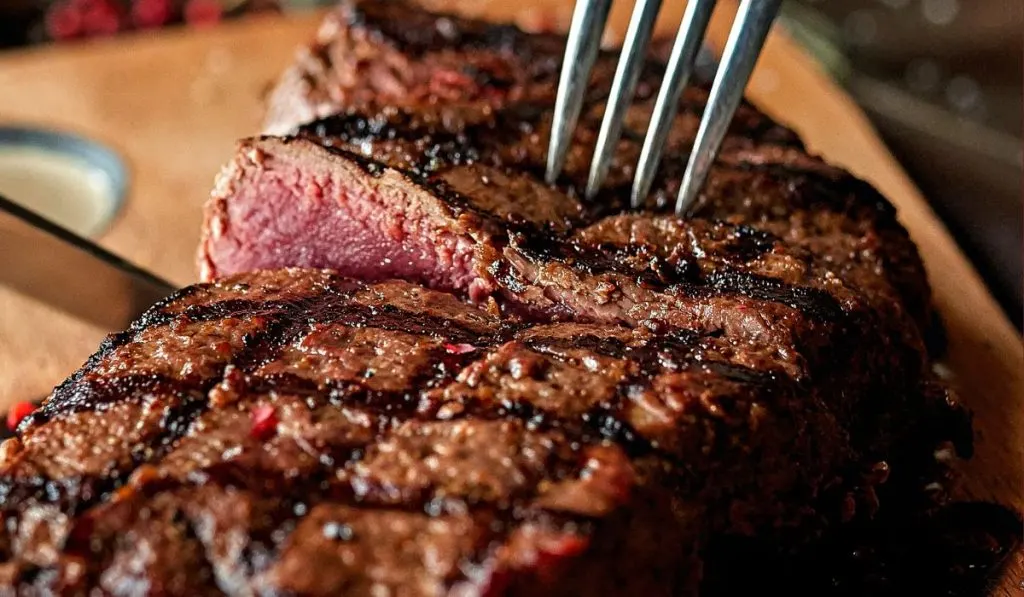
It’s worth mentioning here, that for some people, occasional indulgence in sugar cravings may not be detrimental to their progress on the carnivore diet. And you may want to at some point test out how you react to non-carnivore food.
But for some people, they have to completely abstain from sugar as even the smallest amount of sugar (or the taste of something sweet, like artificial sweeteners), can trigger extremely strong cravings that snowball into unhealthy eating habits.
It’s up to each individual to decide if they are:
- An abstainer – must completely stay away from anything sweet in order to stay healthy
- A moderator – are able to have a little treat now and then without falling off the carnivore diet
TOP TIP: If you would like a ‘treat’ but don’t want to give in to your sweet tooth, consider low/zero carb options, such as a sprinkle of cinnamon over full fat yoghurt, or some cream cheese.
Following the tips above will be hard at the beginning, but bear the following things in mind:
- continue to practice the new skills mentioned above
- if you stumble every now and then, continue to keep on and never give up
- each moment of success or failure is a learning towards your ultimate goal
You will eventually kerb your sugar cravings for good, as long as you remember take one day at a time. And if you’re wondering how long it might take for you to see results, check out my article, “How Long Does it Take to See Results on the Carnivore Diet.”
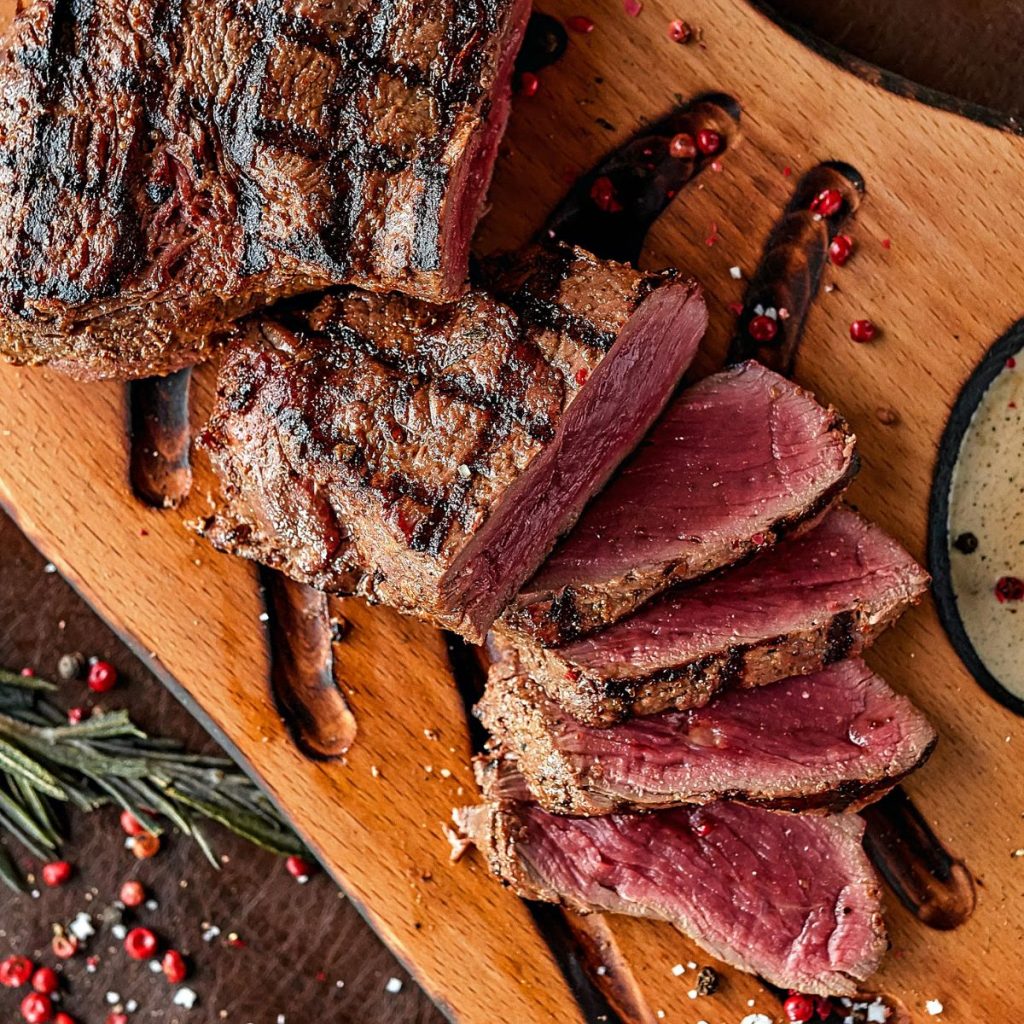
Hi, I’m Aysha,
I came to the carnivore diet with the hope of healing, & I love sharing what I learn in hopes it’ll help you too!
If you enjoy my content, consider leaving me a tip here.
I appreciate your kindness & support, and wish you good health 🙂
